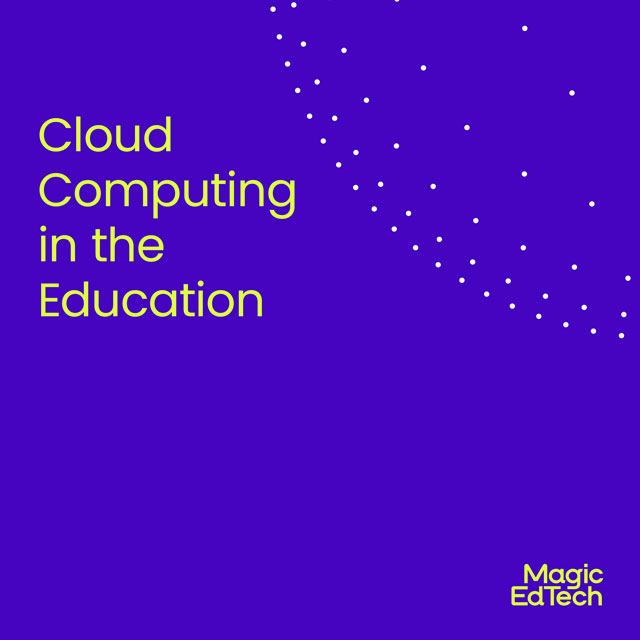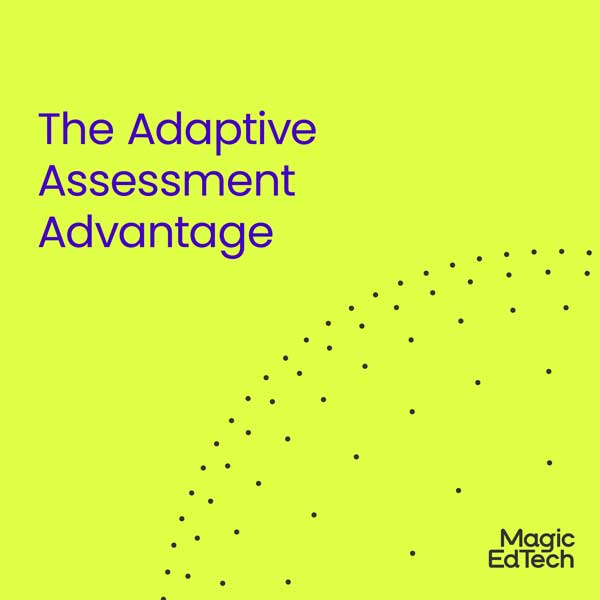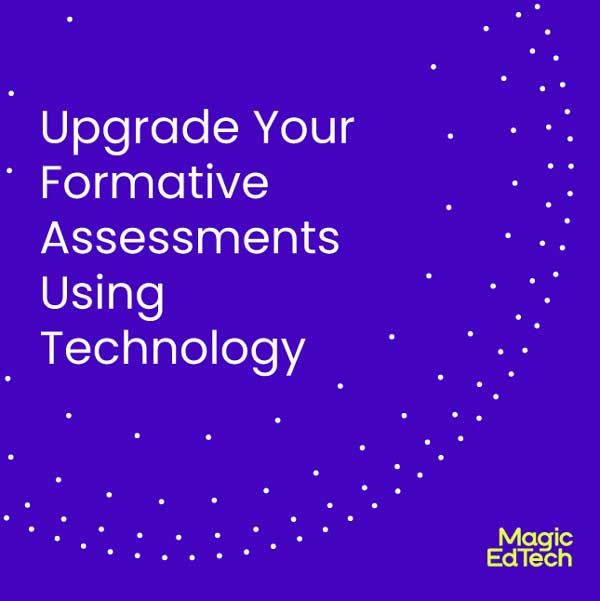Learner Analytics for Informed Teaching Strategies
- 18 November, 2022
- Reading Time: 6 mins
In the year 2025, experts have estimated that 463 Zettabytes (ZB) of data will be generated every day; while the Big Data Analytics market in education will cross USD 36.12 Bn by 2027, growing consistently at 14.92% CAGR.
With all this data being generated, it only makes the analysis of this data more precious than ever.
This data affects school administration, policymaking, trend shifts, and market growth. Parents, district leaders, and even those at a global leadership level need insights from data to help with decision-making. But on a smaller scale, this data can be used to solve a very pressing challenge that educators today face – developing informed teaching strategies.
With the recent numbers in learning loss, there is more pressure than ever to individualize learning. The need to assess students’ progress individually, grade tests, and stay updated on changing course material and EdTech tools add to teacher burnout. This makes it harder for teachers to plan and create impactful teaching plans.
How can we ensure that teaching moves beyond the center of the classroom and is more individualized without adding to teachers’ workloads? That’s where we explore the use of learning technology and analytics to support teaching strategies that cater to diverse learning needs within the classroom.
How Can Learning Analytics Support Teaching Plans and Strategies?
Analytics, at the user level, need to be woven into a simple story so teachers can actually use it. What topics are my students struggling with? Who finds math especially troublesome? What should Thomas work on? Where is Emma excelling?
The data collected from edtech tools can paint a clear picture of the classroom. This reduces the struggle of frequent testing and grading to see which students have caught up and which haven’t.
The data can also reflect the effectiveness of a teacher’s methods. Successful teaching methods can be identified and used within schools to help with professional development. It also gives school administrators an idea about how the course is performing, whether the students find it engaging, and the areas that need improvement.
The 2022 Horizon Report by EDUCAUSE has identified assessing and improving institutional data and analytics capabilities as one of the key technological practices educational institutions should focus on.
This opens up new avenues for researchers, who with the help of big data, can study students’ and teachers’ behavior toward learning outcomes and also close the feedback gap by providing timely suggestions and critiques.
Learners are the biggest beneficiaries of data analysis as it can help them understand their progress. It motivates them to reflect on their mistakes and improve the same. With digitized learning, student-centered analytics will help them become more independent as a learner and work towards the achievement of their goals.
3 Ways to Tie Learning Analytics to Individualized Learning
Learning Analytics can help teachers modify teaching techniques to the needs of their learners. Understanding the analytical data can help them figure out the strengths and weaknesses of each student and create suitable teaching plans considering their knowledge, habits, and styles.
With the advancement in education technology, here are a few ways teachers can create informed teaching strategies by analyzing data from various learning formats:
1. Building Teaching Plans From Assessment Data
Assessments are the easiest way for educators to gather data on learner progress. While an educator is constantly assessing their classroom, much of this data is lost since these tests are physical or verbal.
Consider distributing formative assessments using an online tool to track the results of each test. Templates for formative tests make it easy for educators to build and distribute online quizzes, drag-and-drop activities, polls, or thumbs up – thumbs down reactions.
When you streamline the tests using a digital platform, it’s easy to see how each student is performing. Today, many tools help you visualize learner progress on a dashboard. These results can be collated and analyzed to make better teaching decisions.
For schools, informal, online tests make it easier to plan learning interventions throughout the year – as opposed to waiting for mid-terms to take corrective action.
Many assessment tools today are easy to integrate into your existing learning ecosystem and work on a license and subscription model making it a very cost-effective way to ease teacher burnout and improve student outcomes.
2. Learning Management Systems For Learner Insights
Schools that have opted for blended learning, flipped classrooms, or other online learning methods can benefit the most from an LMS. Since much of their courseware is housed online, it opens up a plethora of opportunities to derive data.
What sort of data can an LMS feedback into your teaching strategy? For starters, it offers up course search data – what are students seeking to learn? Of the courses assigned to them, which subjects do they approach first? This can indicate a student’s propensity towards a particular subject or show teachers what they shy away from. Wouldn’t it help to club these students together and build more personalized learning plans?
At a classroom level, these insights can be very helpful to a teacher who can pinpoint where interventions are needed. At a school level, gaining data on dropping engagement levels serves as an indicator of which students are at risk of dropping out. These insights, when pooled together can make for a much more effective teaching strategy.
3. Analytics from Extended Reality Courses like AR and VR
Many courses in the future will be developed in extended reality formats such as simulations and AR and VR. These courses, besides being engaging, are also great informers of student behavior. But, one of the challenges of AR and VR programs is that a lot of the data that can be generated from these courses is not being captured and tracked systematically.
Since AR or VR courses are relatively high-investment compared to other learning programs, it makes it crucial to correlate the data from these programs to learning outcomes.
How do we derive this data? The immersive learning program developer can deploy SCORM packages and integrate the VR program with the SCORM course. This makes it possible to create a central hub within an LMS to track data from immersive learning initiatives.
Schools and institutes can use these analytics to determine the effectiveness of these programs. And, instructors can use this information to see what a student is still struggling with after undergoing a simulation or a VR-based program on the module. These insights can be used to build very precise learning plans or they can be fed back to the program developer for future course improvement.
What to Be Mindful of When Collecting Student Data
The use of student data systems is essential for improving education and for teachers to track their students’ performance. It is important to track big data and analytics to understand how students interact with digital platforms. But be wary of how this data is collected, analyzed, and stored. Here are a few tips on how to utilize student data:
- Comply with standards set by NCES and laws such as FERPA and COPPA for collecting and reporting educational data.
- Work only with learning product developers who are experienced in data security and have their compliances in place to handle any PI.
- Provide regular training and full-time support to educators in analyzing data and using software tools.
Learning analytics has been proven to enhance the success and retention of students. It can help personalize the learning experience at scale. With the help of the right edtech tools and platforms in the market that can ease out the analytical process, creating well-informed and personalized learning strategies for students in the classroom won’t be a challenge for teachers anymore.









